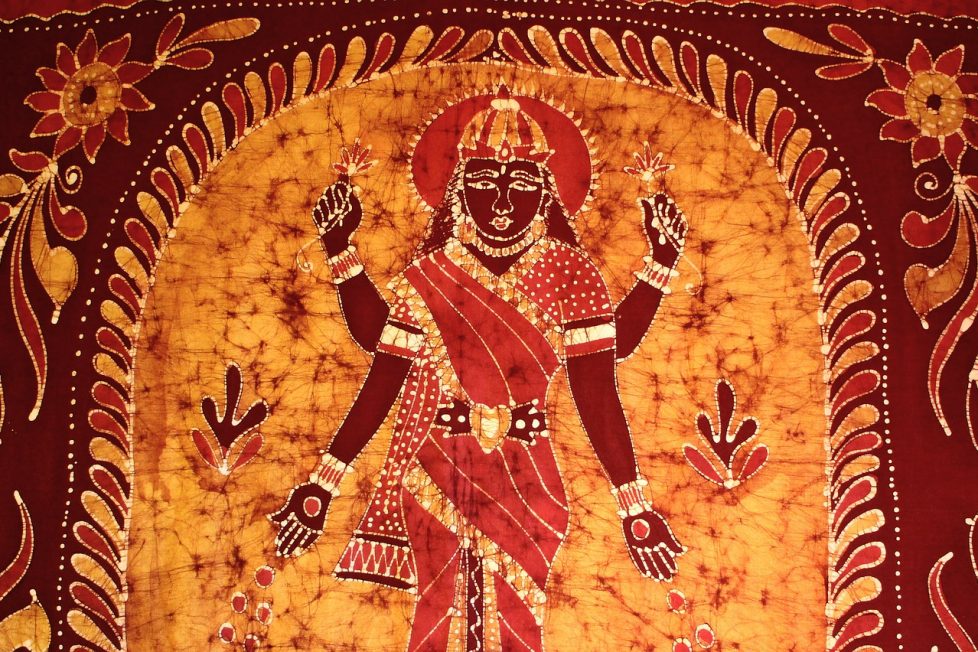How India Can Preserve Its Vedic Culture?-2


The Acharyas and Swamis should hold very basic activities in the villages. Villages are frequently not well educated, and few may be readers, but this is improving. We must therefore take this into account.
Therefore, depending on how books or literature are distributed, it may not always be as effective in these settings, though it is still worthwhile to use. Nonetheless, the people are frequently incredibly earnest and easily moved. The event could begin with prayers and mantras before telling people-friendly stories from the Puranas, Ramayana, or Mahabharata on the significance and value of worshipping God and the deity. These tales can also demonstrate the importance of the custom and the fact that followers of the deity—God or Goddess—can develop a relationship with them. Since such happenings frequently start to happen when a person starts to form a strong relationship with the deity, other stories of miracles or reciprocation between the devotee and God or the deity can also be stated.
A program’s setup can be as easy as having everyone sit together in a pleasant outdoor space or, if it’s only a small group, in someone’s home.
Perhaps you might set up a pandal tent to make it more elaborate. The tent might even contain a stage and sound system if the setup is larger. Then, it will be possible to create a more remarkable and joyful atmosphere, but it’s important to preserve the closeness of the Swami’s relationship with the people. When Iskcon’s Padayatra travelled the length of India several years ago, they implemented a similar padayatra and pandal scheme, and it was a huge success. This style of Padayatra and festival programme ought to be ongoing throughout India.
There can be bhajans of devotional songs, especially harinams—group chanting of the holy names of God—during the programme, which may be simple or elaborate. Puja (worship) and an arati ceremony are then performed, and the programme can end with the distribution of prasada (food that has been blessed or offered to the gods) by the visiting Swami or other devotees. To distribute the prasada after it has been offered to the deity, either bring it to the village or arrange for some of the people to help with the cooking of the ingredients. If the Swami distributes or presents the prasada to the locals, it is extremely lovely. It is all the more stunning because of this.
As a result, the villagers establish a mutually respected environment that fosters commitment and long-term relationships with the visiting Swami and his devotees.
The villagers can also invite other locals to these events or activities to create a larger gathering. If there is a local temple, everyone can congregate there, or they can meet somewhere else, like a sizable pandal tent.
By visiting the villages, Acharyas and Swamis would earn the peasants’ respect and demonstrate their genuine concern and desire to help the community. The Swamis are expected to carry out this duty, but many have stopped or only seldom do so. And this gives the appearance that the Swamis have lost interest in the villages or that they are not important to them.
Then, when someone else does visit the village, like missionaries, the villagers are moved by that act and feel that at least someone cares about them, which also makes them more receptive to any other message that is presented to them, even when it is a deliberate attack on their own culture and tradition.
The Padayatra could be a programme that takes place two months out of the year, or through a region that is 10, 20, or 30 kilometres away from Swami’s ashrama, along a specific route, or even up to the boundaries of another Acharya’s area of jurisdiction, if other Swamis were also involved in this kind of programme.
However, it could be done for extended periods of time to cover a wider area, like Kamal Kumar Swami did when he travelled for six months.
This would forge an appealing link between the locals and India’s Vedic tradition. Their hearts would be drawn to the customs, keeping them safe from the pressures and cunning tactics of outsiders or missionaries. It would demonstrate that those in charge of the ancient Dharma traditions do, in fact, care about them. It would also encourage the villages to cast their ballots for the person who is most likely to uphold and appreciate their culture, Their customs, and important landmarks, including its temples.
Source: Crimes against India by Stephen knapp
DISCLAIMER: The author is solely responsible for the views expressed in this article. The author carries the responsibility for citing and/or licensing of images utilized within the text.
